Research on Customer Traffic Value Recognition Model Based on Improved Random Forest Algorithm
DOI: 10.23977/acccm.2024.060505 | Downloads: 22 | Views: 793
Author(s)
Wei Wu 1
Affiliation(s)
1 AWS EKS Team, Amazon, Seattle, Washington, 98121, United States
Corresponding Author
Wei WuABSTRACT
In today's data-driven business environment, user behavior analysis and customer traffic value evaluation have become an important basis for enterprises to formulate marketing strategies. The customer traffic data of friends contains potential market insight. How to effectively identify and evaluate the traffic value of friends customers has become the key for enterprises to gain advantages in the fierce market competition. This paper presents a customer traffic value recognition model based on improved random forest algorithm. Through the optimization of the algorithm, we not only improve the prediction accuracy of the model, but also achieve remarkable results in analyzing the value characteristics of customer traffic. The experimental results show that the improved random forest model is superior to the traditional method in accuracy, recall rate, F1 score and AUC, and has higher recognition accuracy and application potential. The model proposed in this paper provides a reliable technical support for enterprises in the fierce market competition to mine the value of business traffic, which is helpful to improve the scientific and accurate degree of marketing decision.
KEYWORDS
Customer traffic, value recognition, random forest, machine learning, algorithm optimizationCITE THIS PAPER
Wei Wu, Research on Customer Traffic Value Recognition Model Based on Improved Random Forest Algorithm. Accounting and Corporate Management (2024) Vol. 6: 30-35. DOI: http://dx.doi.org/10.23977/acccm.2024.060505.
REFERENCES
[1] Bensheng Yun, Yulu Sun, Kebin Fang, et al. Large-scale network Burst traffic identification model, method and model training method :CN202011516886.7[P].CN112633475A[2024-11-10].
[2] Jing Jing, Yongzh Zhui. Spark platform weighted hierarchical subspace random forest algorithm study [J]. Journal of software Tribune, 2020, 19 (3): 5. DOI: 10.11907 / RJDK. 191691.
[3] Lili Zhu. Design of following table-level sorting learning recommendation system for random forest algorithm [J]. Journal of Huaiyin Institute of Technology, 2023, 32(5):62-68.
[4] Xiaobin Lu, Yangyi Zhang, Guancan Yang, et al. Research on disequilibrium classification in emerging technology recognition: a cost-sensitive random forest algorithm [J]. Journal of Information Technology, 2022, 41(10):1059-1070.
[5] Balaram A, Vasundra S.Prediction of software fault-prone classes usingensemble random forest withadaptive synthetic sampling algorithm[J]. Automated Software Engineering, 2022, 29(1):1-21.DOI:10.1007/s 10515-021- 00311-z.
[6] Onwuka U C. Hybrid Machine Learning Algorithm for Arrhythmia Classification Using Stacking Ensemble[J]. Random Forest and J. 48 Algorithm. 2021, 6(11): 536-543.
[7] Zhang X, Huang W, Lin X,et al. Complex image recognition algorithm based on immune random forest model (Retraction of Vol 24, Pg 12643, 2020)[J]. Soft computing: A fusion of foundations, methodologies and applications, 2023.
[8] Wang Z, Zhao G, Zhao Y,et al. New Word Discovery Algorithm for Power Marketing Audit Combining Adjacency Entropy and Random Forest[J]. 2021 6th International Symposium on Computer and Information Processing Technology (ISCIPT), 2021:214-217. DOI: 10.1109 / ISCIPT53667.2021.00050.
| Downloads: | 38773 |
|---|---|
| Visits: | 662549 |
Sponsors, Associates, and Links
-
Information Systems and Economics
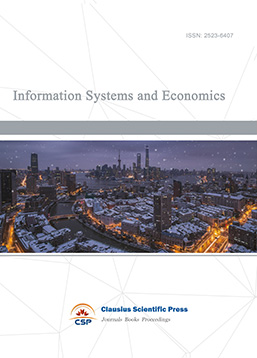
-
Accounting, Auditing and Finance
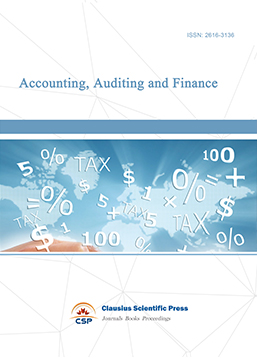
-
Industrial Engineering and Innovation Management
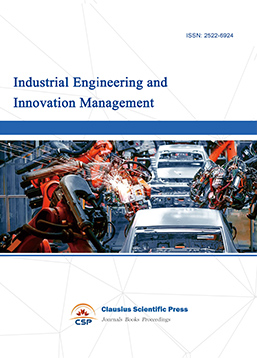
-
Tourism Management and Technology Economy
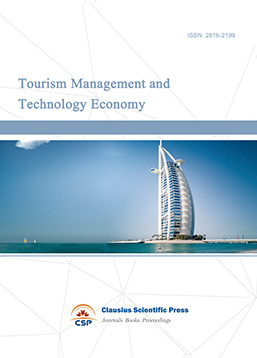
-
Journal of Computational and Financial Econometrics
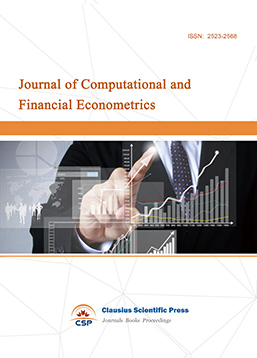
-
Financial Engineering and Risk Management

-
Social Security and Administration Management
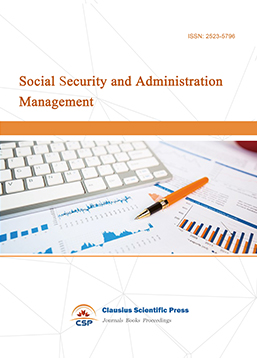
-
Population, Resources & Environmental Economics
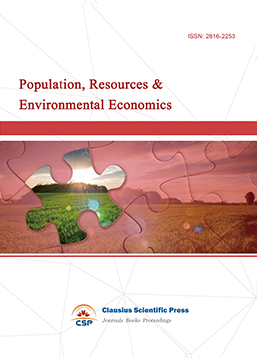
-
Statistics & Quantitative Economics
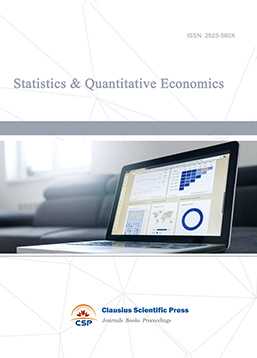
-
Agricultural & Forestry Economics and Management
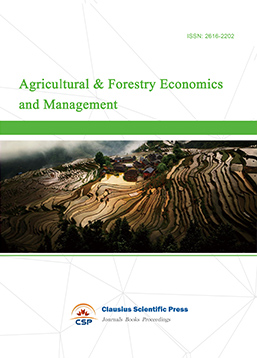
-
Social Medicine and Health Management

-
Land Resource Management

-
Information, Library and Archival Science
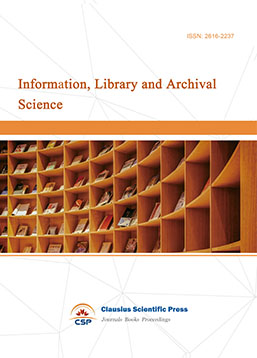
-
Journal of Human Resource Development

-
Manufacturing and Service Operations Management

-
Operational Research and Cybernetics
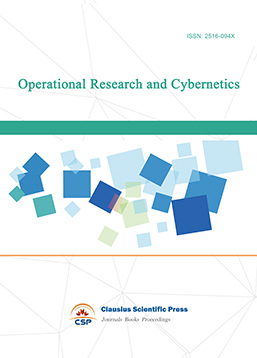

 Download as PDF
Download as PDF